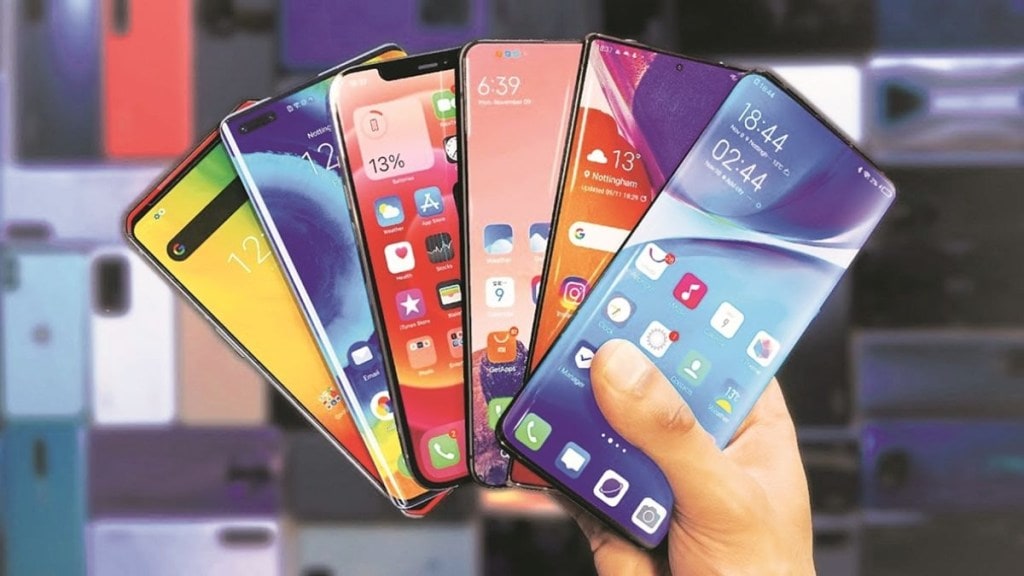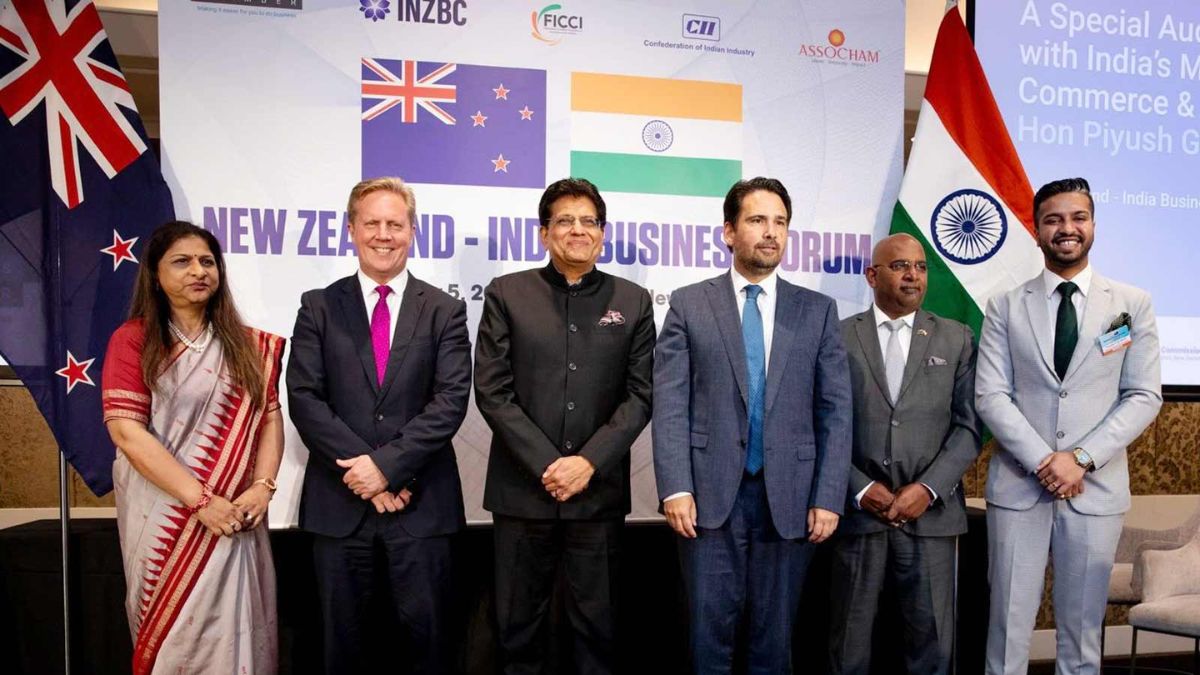With entry-level smartphones now costing about 20% more than they did a few years back, the share of smartphones in the sub-`8,000 category has come down to 12% as of November end, from 36% in 2018.
The average price of a smartphone is now a little over `7,000. In the entry-level segment, a smartphone priced at `5,991 in 2018 now costs `7,126, according to data from Counterpoint Research. Prices have been driven up by costlier components, a shortage of inputs and currency depreciation, and analysts expect a further 10-12% increase this year largely due to inflationary pressures.
As such, the share of entry-level phones could drop further as well-to-do consumers buy costlier phones and others hold on to their phones for longer.
“The sub-`10,000 smartphone category might soon vanish because of the increased focus of the brands on the devices in the higher segments,” said Faisal Kawoosa, chief analyst at Techarc. According to Kawoosa, every generation of mobile network technology raises the threshold for devices.
Commenting on the absence of premium brands in entry-level smartphones, Kawoosa said companies were focusing on 5G phones since that’s where the revenues are.
In general, the smartphone volumes are stagnant and companies believe revenues can come from higher prices, Kawoosa added.
Entry-level phones are mostly purchased in tier-3 and beyond cities.

In the entry segment, Itel has the largest market share of 22%, followed by Lava at 16% and Samsung at 12%.
Shilpi Jain, research analyst at Counterpoint, said the shift from feature phones to smartphones slowed after the Covid pandemic owing to higher inflation. “However, the ease in the adoption of digital currency and payment financing schemes for smartphones also became popular over the years and saw consumer inclination towards it,” Jain said.
According to Jain, while quick financing schemes and buy-now-pay-later options from companies are helping people to buy smartphones, consumers’ preference for refurbished phones and repairs can also not be ruled out.
“It is very important to have a strong affordability programme and that is how we are leveraging Samsung Finance Plus, through which a consumer is paying the EMI for a 5G phone similar to 4G,” Raju Pullan, senior vice-president of mobile business at Samsung India, told FE in a recent interaction.







